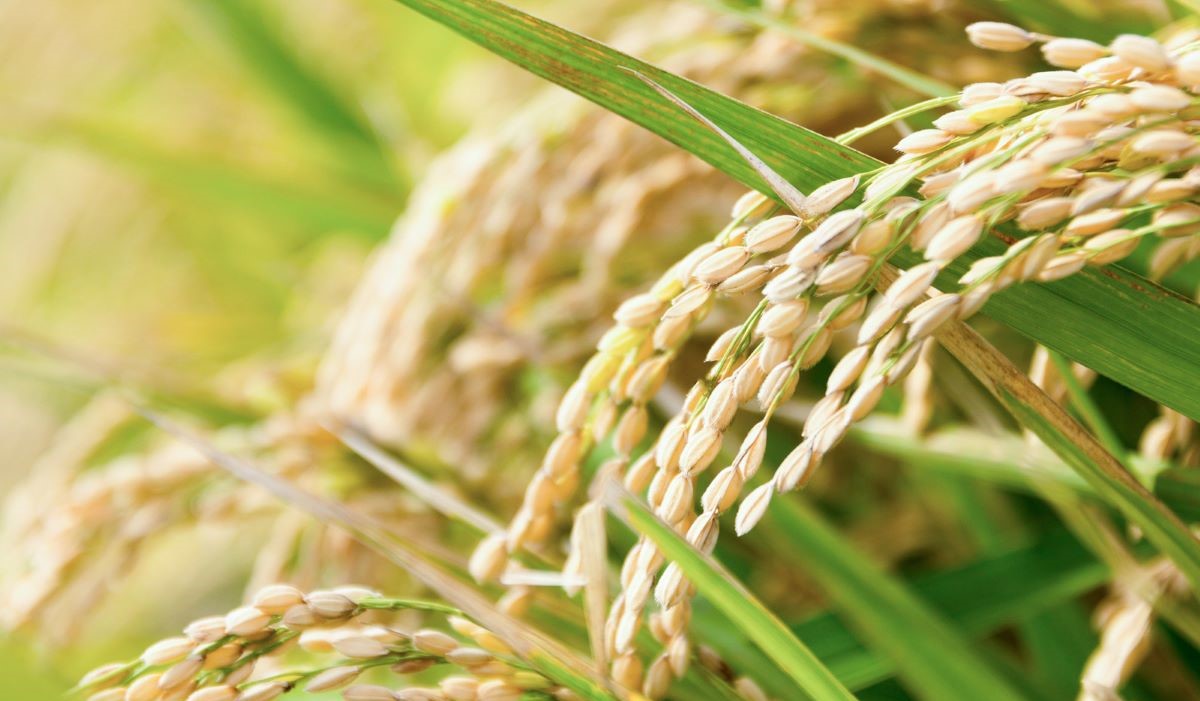Sake rice

What is sake rice?
Sake rice is called sakamai in Japanese. This is a category which is suitable for sake. Some point of views, rice and sake rice are different. First off, there is a white core called ‘Shin Paku’ in sake rice. The core has porosity like sponge and it’s helpful to breed koji. And sake rice is around 1.2 times larger than rice so that polished rice is also larger than rice. Outside of sake rice is harder, so sake rice is easier to polish their surface. In addition to them, sake rice has less protein. It makes sake taste clear.
The features of popular sake rice
There are some types of sake rice. Depending on the sake rice, the sake taste comes to different. This section shows the sake rice features.
Yamada Nishiki / 山田錦
This sake rice is most popular in Japan. In 1923, it was born in Hyogo prefecture. The production quantity of Yamada Nishiki in the sake rice share is highest and the rate is almost 40%. 60% of it is produced in Hyogo prefecture, so it is called ‘King of Sake Rice ‘ and ‘King of West Region ‘.
Yamada Nishiki has large Shin Paku in a particle. The volume is about 80% of sake rice volume and it absorb water quickly. The outside stiffness is hard, so that it is easy to polish their surface correctly. And the internal stiffness is soft, so Koji can spread its roots to the center of rice particle. Protein is also less than other sake rice, and the protein of Yamada Nishiki isn’t converted into amino acid. Furthermore, it is less quantity of amino acid causing bitter taste. But it has large amount of glucose, so the taste of sake made from Yamada Nishiki is become sweeter.
Gohyakumangoku / 五百万石
This sake rice is also popular, and the production quantity is next to Yamada Nishiki. It was born in Nîgata prefecture in 1978. The stiffness is hard, and it doesn’t melt into water, so the glucose ratio in the sake is less than the sake using Yamada Nishiki. Depending on this reason, the sake using Gohyakumangoku is usually dry taste. The symbolic sake which is dry and clear is created by this sake rice. But Gohyakumangoku has large Shin Paku, so it’s difficult to polish it over 50% classified as Daiginjo.
Miyama Nishiki / 美山錦
This sake rice is born in Nagano prefecture in 1978. It is produced in north area, and it is tough against the cold. The stiffness is hard, and it doesn’t melt to water, so the taste of sake using Miyama Nishiki is similar to the sake using Gohyakumangoku. It’s suitable for sake drunk during the meal.


